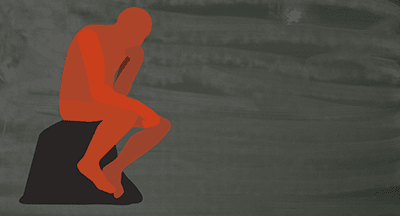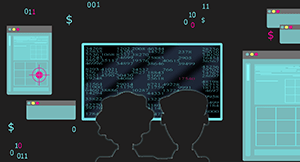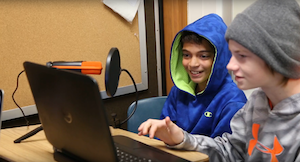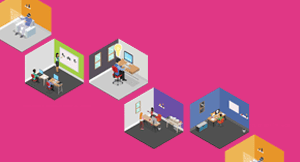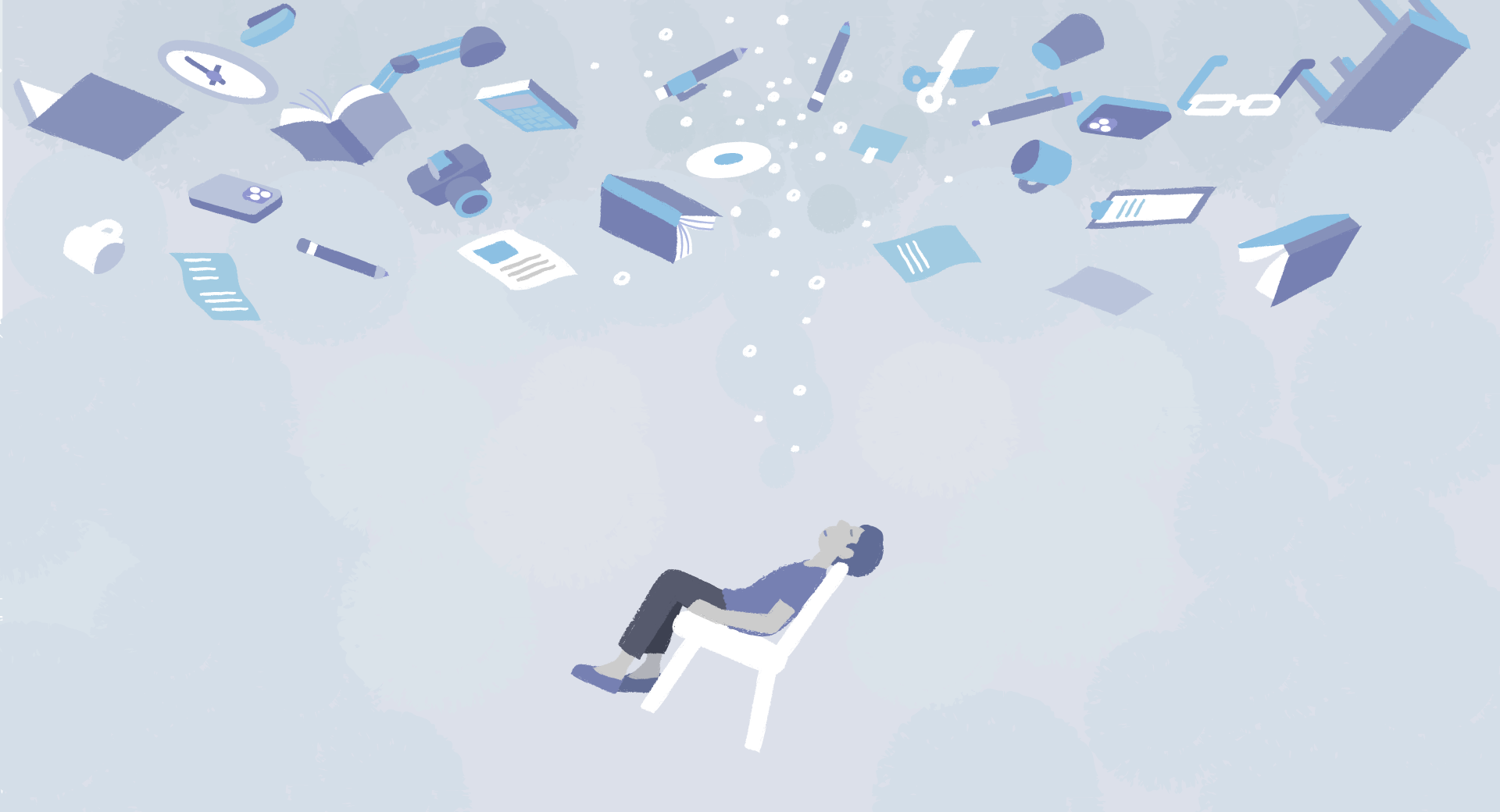
In the educational sphere, it is vitally important to not settle for good enough.
That said, new methods, frameworks, and programs come around every year, and some of those systems promise to combat everything from low test scores, low engagement, and overall school performance. It can be so tempting to adopt them out of the gate in the hope they are everything they claim to be.
Too much of too much
It’s counterintuitive to add more and more to the educational plate just to try to move the needle. It’s like the difference between having an ice cream cone and trying to eat the whole carton—too much can leave you too overwhelmed to move, let alone to think about having more ice cream.When we introduce more initiatives to add to the curriculum or implement inside the classroom, it’s like adding more scoops to that ice cream cone. Some people might be able to handle the extra, but a lot of people look at that work and see too much being placed in their hands, especially since their hands are already full.
So what’s the next best strategy? Do nothing.
The illusion of “nothing”
To be fair, “doing nothing” is a misnomer. To borrow a quote from The Little Prince by Antoine de St. Exupéry, “What is essential is invisible to the eye.” and the deep, essential work happening in the doing-nothing space in education is largely invisible to an outside observer.Filling up the mental tank
On the most immediate level, if someone looks like they are doing nothing because they’re sitting at their desk and staring off into space, that time is not being wasted. Research shows that when humans daydream, there is a surge in brain activity, particularly for creativity and for making unconscious connections between information and ideas that have come up during the day. It gives the brain time to make sense of the day’s data input and package it up as recognizable output, making visible work time more productive in the long run.But if staring off into space can increase creativity and innovation, couldn’t that extra boost help the staff meet strategic objectives or to retool weaknesses in the curriculum? Answer: possibly. Odds are, though, that any extra brain power is going to be used for one of the most invisible, yet critically essential parts of education: emotional labor and self-regulation.
The opposite of nothing
On a wider scale, if exam scores fluctuate, this does not automatically indicate a stagnation of teaching practices or dedication to learning. It may indicate that there are base-level needs not being met for many children, which staff members are trying to compensate for during the school day (not to mention how many needs the adults are trying to meet for themselves as well.)When looking at the framework of Maslow’s hierarchy of needs, basic bodily, safety, and emotional needs need to be met in a child in order for them to be academically successful. Millions of children in the US, however, don’t have the guarantee of food, shelter, and adequate clothing, let alone a safe and supportive home.
With adverse childhood experiences increasing for students, moving the needle on SEL is the best way to build a learning foundation over the long term. Speaking of which…
Let the work do the work, and give it time
Counterintuitive as it may seem, building a learning foundation over the long term can look and feel a lot like nothing is being done. If one initiative can take months or years to see measurable results, leaders cannot cave to impatience two months in and change course. Time and patience are key to letting the work do the work.At the front, a limited scope of projects or objectives allows the district to see what baseline of achievement the students are starting from, giving the clearest picture of where “square one” truly is. It also allows the faculty to dedicate their energy and focus to one goal, rather than trying to juggle the demands of multiple initiatives (saving a lot of headaches and burnout).
At the back end, if educational changes are implemented and tracked like a scientific longitudinal study, then the end results can be analyzed for a few specific variables which can then be accepted or rejected as effective practices. If too many practices and theories are loaded on, it’s only as effective as throwing everything at the wall and seeing what sticks (which is bits and pieces of everything, aka, a giant mess.)
Trust isn’t nothing
The best “something” a district can do for their staff and schools is have trust. Lean on their expertise, and extend that trust to the observations and insights they gather on the ground every day. When the time comes for something new to start, they will be the best resource to make it happen and do it well.Leaders needn’t fear losing ground or settling for “good enough.” The deep work of doing nothing enriches the business of teaching and learning in ways we can’t possibly anticipate, bringing opportunities we can’t calculate until they unfold naturally, calmly, while we are “doing nothing.”
WHAT'S NEXT FOR YOUR EDTECH? The right combo of tools & support retains staff and serves students better. We'd love to help. Visit skyward.com/get-started to learn more.

|
Lindsey Canny Edtech Thought Leader |
Lindsey Canny is a marketing copywriter for Skyward, Inc., a school administration software provider based in Stevens Point, WI. Prior to working at Skyward, Lindsey spent eight years teaching 9th and 10th grade English within the Stevens Point community. Outside of work she enjoys reading books and spending time with her husband and cat.
